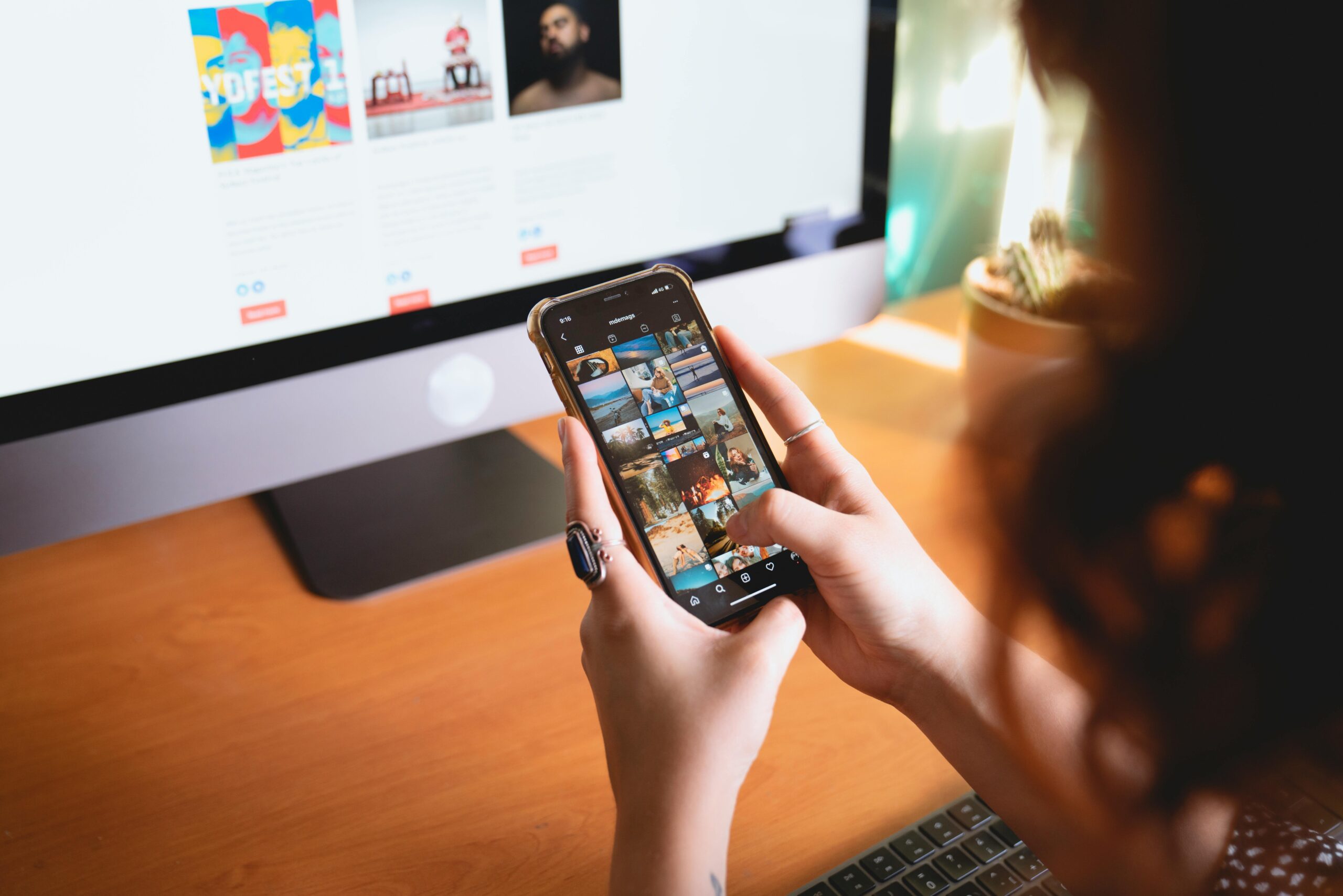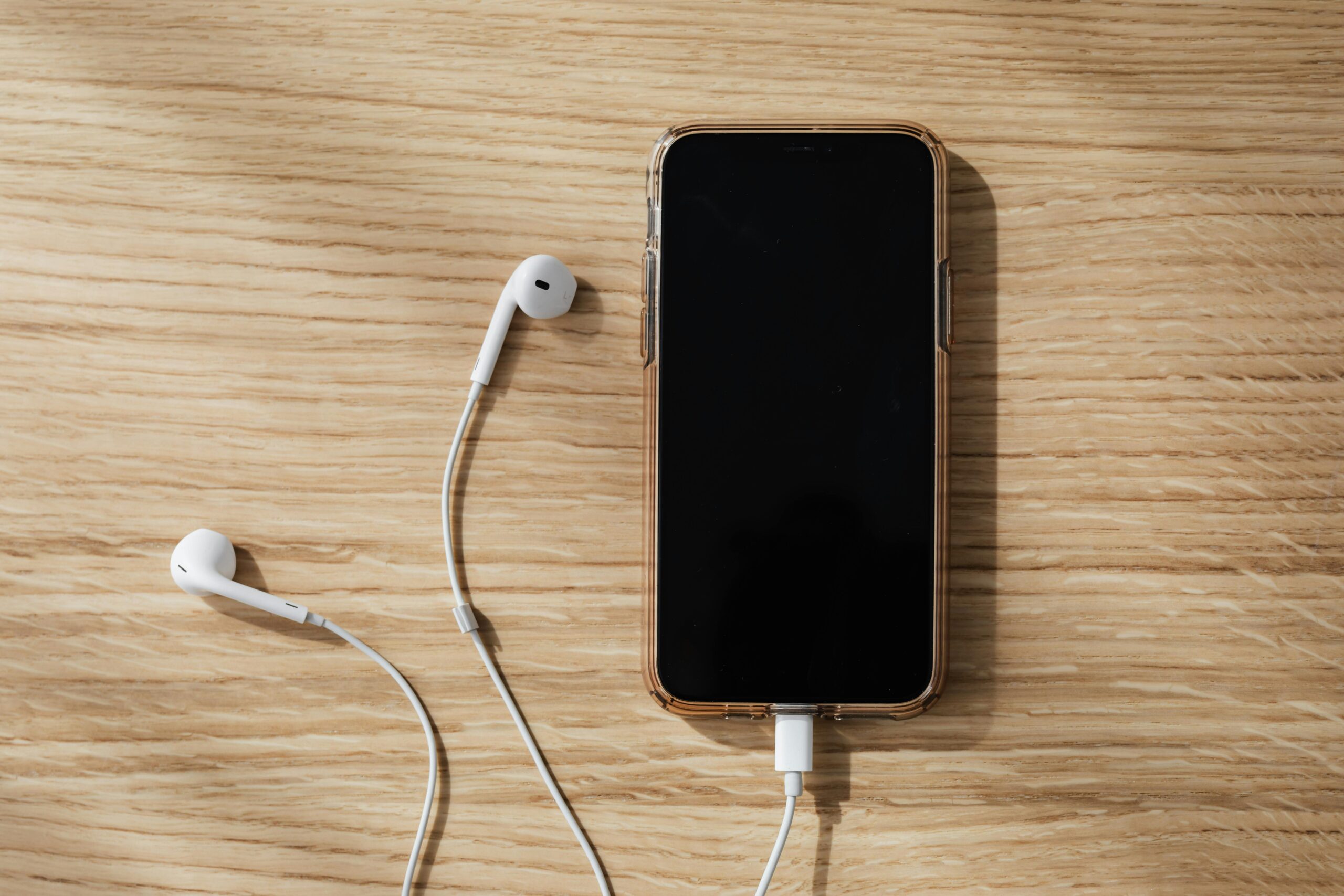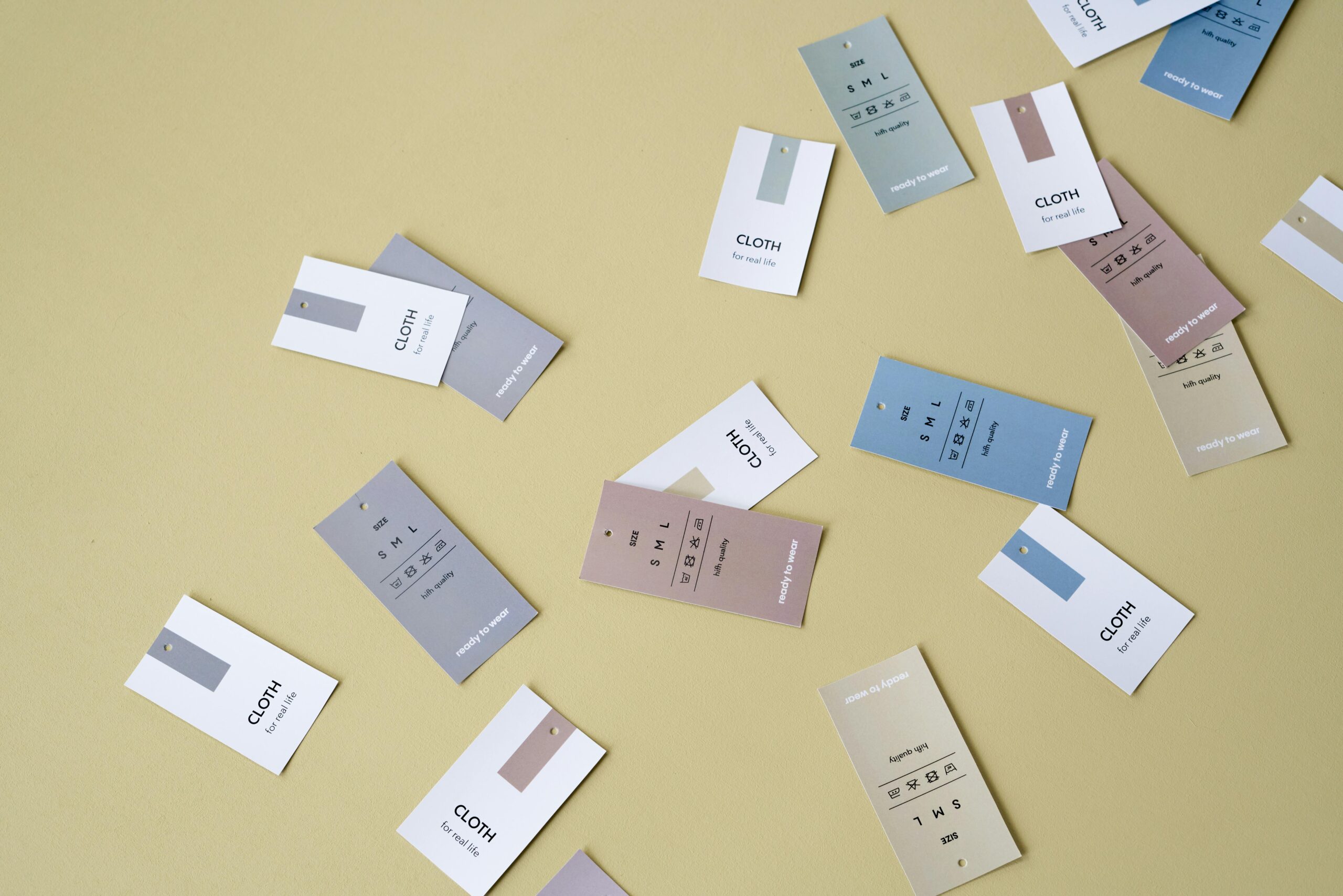Companies, brands, and more use an array of marketing strategies, tactics and tools to ensure they are maximising their investment into marketing in order to effectively sell their goods or services, ranging from online channels such as social media and email to traditional marketing activities like tv, radio and print ads.
Within the diverse band of marketing activities sits promotional merchandising, an effective activity that promotes a brand, establishes a corporate identity and boosts brand awareness, recognition, and loyalty.
Broadly, merchandising can be defined as any act of promoting goods or services for retail sale. However, when we speak of merchandising here at Merchr, we focus on promotional merchandising and promotional products.
Promotional merchandise consists of branded products with a logo, slogan, and/or design that aid a brand’s personality and tangibility whilst expanding brand reach across wide and targeted audiences.
Promotional merchandising has various uses spreading across corporate, internal employees, and customers.
- In the corporate world, promotional merchandising can be used from business to business/client through commercial gifting or seasonal gifting as a means of saying thank you or in a bid to promote strong client retention and loyalty.
- Internally, promotional merchandising is used to boost employee engagement and morale. Employees feel proud to wear or use their work’s merchandise and are often appreciative for useful products that they can use every day, such as a coffee mug. Using branded merchandise in the workplace enforces unity between employees and encourages involvement. Branded welcome packs for new employees in the recruitment process increase receptiveness and boost overall morale for new employees starting in a workplace and can instil a sense of community for new starters. Branded products can also be used as rewards or incentives for employees within a company for those with strong dedication.
- Promotional products also have their own uses as giveaways and competition prizes. When companies’ giveaway their branded merchandise in exchange for customer engagement, it is a low-cost way of boosting brand awareness whilst using your promotional merchandise to further increase brand reach as the prize winner uses the products. When companies work with influencers who promote their giveaways and competitions, branded merchandise is often a welcomed gift by both the influencer and competition/giveaway winner.
- The use of promotional merchandise at trade events, festivals, conferences, conventions etc. is known to be extremely effective. As branded merchandise products to giveaway or sell or as point of sale displays such as banners, posters etc. it allows for a company to stand out attracting attention, offers a way for the company to engage with targeted audiences at the event and increases the possibility of acquiring new customers.
- Promotional merchandise is most often used as a strategic source of revenue. Companies with loyal or happy customers have found themselves with customers that are actively seeking branded merchandise that they can wear or use. There is a demand for many companies’ branded merchandise, depending on their available products, product quality, design/logo etc. and many companies have tapped into the market of selling their own promotional merchandise. In more recent times, branded merchandise has become trendy and popular with wearable logos as people have become a walking ad for some brands. For example, Coca-Cola branded t-shirts, jumpers and more can be seen being worn by many and available in retail stores and online. When Coca-Cola, the ‘soda drink’, found themselves with a demand for their promotional products, they turned from a soft drink company to a fun and diversified brand with many opportunities ahead of them, just by printing their logo on useful everyday products. Other examples include food chain Gregg’s branded merchandise being retailed in Primark or Starbucks selling their own branded festival sip cup which attracted huge popularity.
So why is merchandising important? Merchandising can build brand awareness, increase brand loyalty, boost customer engagement, provide lasting recognition, and increase employee morale. It is useful to outline and follow a merchandising strategy with defined goals, and a measurement plan enabled to ensure your investment is being optimised.
Designing your branded merchandise collection to include a range/array of useful products that complement each other and compliment your brand is important.
Your trendy products will reflect the trendiness of your brand. With the right products, in terms of quality, durability and popularity, your customers will continue to use them, and demand is likely to increase.
Effectiveness of promotional products and promotional merchandising means with a low-cost comes big impact for your brand.









